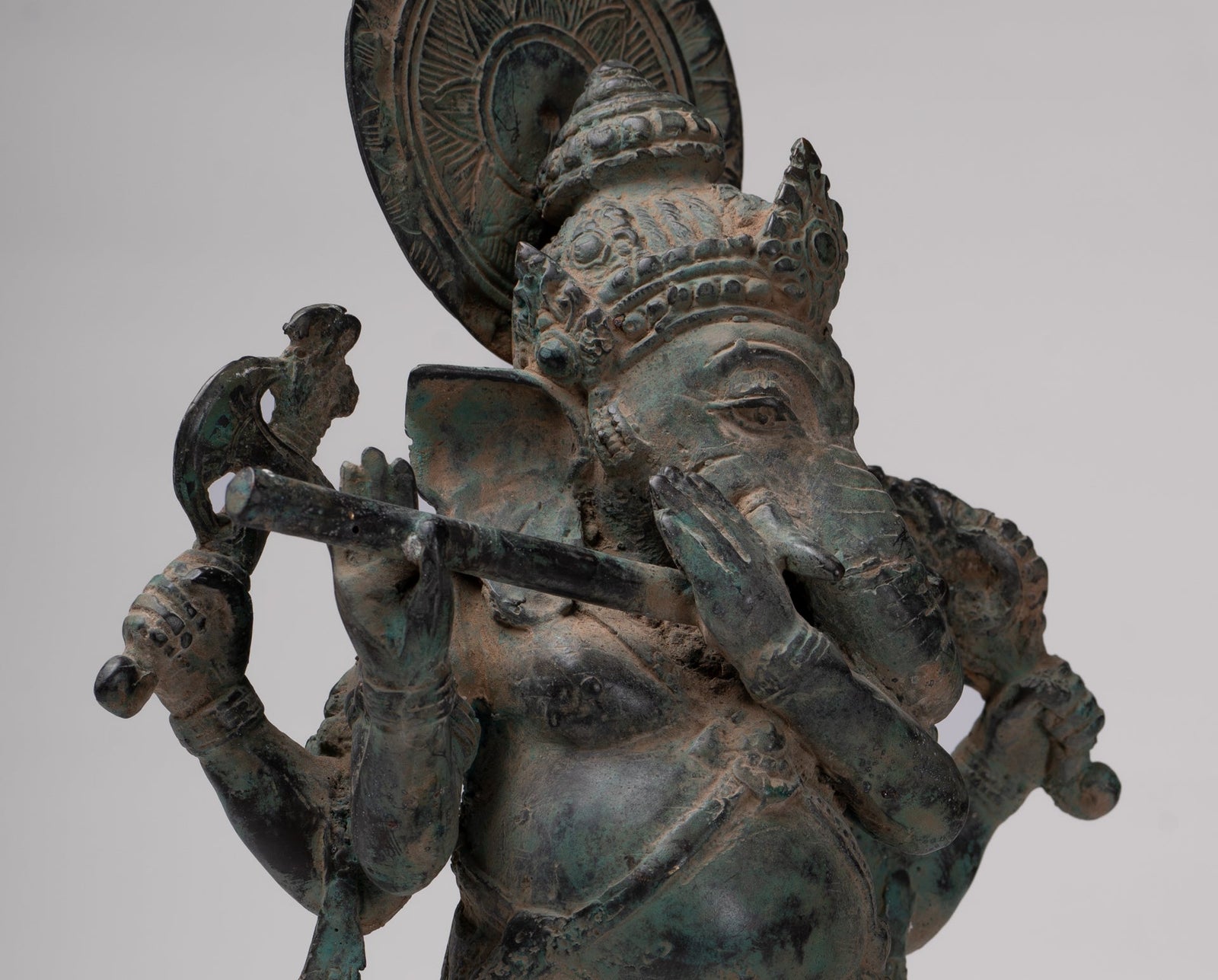
Comprender los Vedas hindúes: la base de la sabiduría antigua
El Vedas son las escrituras más antiguas y veneradas del hinduismo, formando el fundamento de sus tradiciones espirituales y filosóficas. Compuesto en sánscrito y transmitido por vía oral durante siglos antes de ser escrito, los Vedas se consideran revelaciones divinas, impartiendo un conocimiento atemporal y guiando la vida humana.
Estos textos no solo influyen en las creencias y rituales hindúes, sino que también dan forma al patrimonio cultural e intelectual más amplio de la India.
Los cuatro Vedas: estructura y significado
Los Vedas se dividen en cuatro colecciones principales, cada una con un propósito y un significado únicos.
1. Rigveda
El Rigveda es el más antiguo y más significativo de los cuatro Vedas. Consiste en 1.028 himnos (Suktas) dedicados a varias deidades como Indra, Agni y Varuna. El Rigveda es principalmente una colección de oraciones y alabanzas que destacan el orden cósmico, el poder divino y la importancia de los rituales para mantener la armonía en el universo.
2. Yajurveda
El Yajurveda es una compilación de prosa y verso destinado a rituales de sacrificio. Proporciona instrucciones para realizar yajnas (rituales védicos) y se divide en dos versiones:
-
Shukla Yajurveda: Contiene versos claros e inequívocos.
-
Krishna Yajurveda: Incluye versos y prosa explicativa. El Yajurveda sirve como guía para sacerdotes que realizan ceremonias védicas y enfatiza la aplicación práctica del conocimiento ritualista.
3. Samaveda
El Samaveda es el Veda de melodías y cantos. Consiste principalmente en himnos derivados del Rigveda, pero se organiza musicalmente para cantarse durante los rituales. El Samaveda es considerado la fuente de la música clásica india y juega un papel crucial en la adoración devocional y los rituales del templo.
4. Atharvaveda
El Atharvaveda es distinto de los otros tres, ya que contiene himnos, hechizos y encantamientos relacionados con la vida cotidiana. Aborda temas como la curación, la prosperidad, la protección contra las fuerzas malvadas y los problemas sociales. El Atharvaveda proporciona información sobre la sociedad hindú temprana, las prácticas médicas y las tradiciones populares.
La estructura de los Vedas
Cada VEDA se divide en cuatro componentes, cada uno sirve una función específica:
-
Samhitas: La colección de himnos, cantos y oraciones.
-
Brahmanas: Textos que explican los rituales y ceremonias.
-
Aranyakas: Los "textos del bosque", que proporcionan interpretaciones espirituales de los rituales.
-
Upanishads: Los textos filosóficos que exploran conceptos metafísicos profundos como la naturaleza de la realidad (Brahman) y el yo (Atman).
Influencia y relevancia de los Vedas
Los Vedas han moldeado significativamente la filosofía hindú, las prácticas religiosas y las tradiciones culturales. Conceptos clave como Dharma (deber justo), karma (causa y efecto) y moksha (liberación) Encuentra sus orígenes en los textos védicos. También han influido en varias escuelas de filosofía hindú, incluidas Vedanta y Yoga.
Incluso en los tiempos modernos, los Vedas continúan inspirando a los buscadores espirituales, académicos y practicantes de rituales hindúes. La UNESCO reconoce el canto védico como una Patrimonio cultural intangible de la humanidad, enfatizando su importancia duradera.
Conclusión
Los Vedas hindúes son un testimonio monumental de la sabiduría espiritual y la profundidad intelectual de la antigua India. Como las principales escrituras del hinduismo, continúan guiando a millones en su búsqueda de la verdad, la armonía y la iluminación.
Comprender los Vedas no solo proporciona información sobre las tradiciones hindúes, sino que también enriquece la apreciación de uno por el profundo patrimonio espiritual que representan.


























